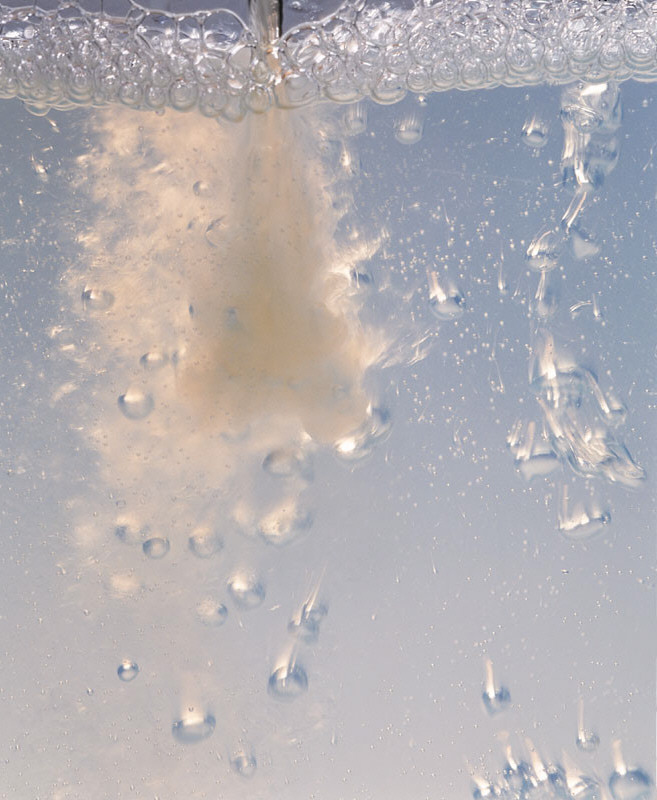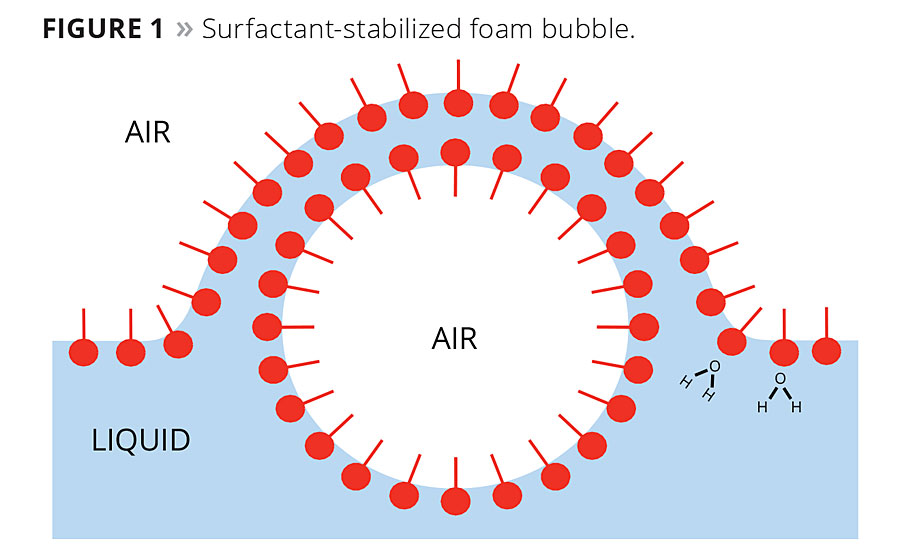The Future of Defoamers: Innovations and Trends in Foam Control Solutions
Picking the Right Defoamer for Your Particular Application Demands
Selecting the ideal defoamer for particular application requirements is a nuanced procedure that requires cautious factor to consider of multiple aspects, such as the foam kind, medium, and operating conditions. Recognizing the subtleties of defoamer efficiency-- including speed and persistence-- while additionally accounting for environmental and governing variables is vital.
Comprehending Foam Formation
Foam development happens when gas is entraped within a liquid, producing a steady structure of bubbles. This phenomenon can dramatically influence numerous industrial processes, especially in sectors such as food manufacturing, drugs, and wastewater therapy. The visibility of foam can hinder blending, decrease item high quality, and also cause functional ineffectiveness.
Foam generally creates due to a mix of elements, including surface-active agents, anxiety, and the characteristics of the fluid phase. Surfactants reduced the surface area tension of the fluid, helping with the development of bubbles that can stabilize and coalesce. Anxiety, whether from mechanical mixing or gas intro, boosts bubble formation, leading to raised foam quantity.
Recognizing the auto mechanics of foam development is critical for markets aiming to maximize their procedures. By recognizing the particular conditions that advertise foam generation, companies can carry out strategies to minimize its impacts. This expertise lays the foundation for selecting appropriate defoaming agents that efficiently target the unique challenges presented by foam in various applications. A detailed understanding of foam formation is necessary for enhancing performance and maintaining item honesty throughout numerous industries.
Sorts Of Defoamers Available
Different kinds of defoamers are available to address the difficulties presented by foam in commercial applications. defoamers. Extensively identified, defoamers drop into 3 categories: silicone-based, non-silicone-based, and natural defoamers
Silicone-based defoamers are renowned for their efficiency and security throughout a wide variety of temperatures and pH degrees. They are generally utilized in applications where strong foam reductions is required, such as in paints, adhesives, and finishes. Their low surface area tension enables quick foam collapse.
Non-silicone-based defoamers, typically made from natural substances, supply a choice for applications conscious silicone residues. These defoamers can be more split into polyether and ester kinds, each customized to meet certain formulation needs. Non-silicone defoamers are regularly made use of in food handling and individual treatment products as a result of their compatibility with numerous formulations.
Natural defoamers, stemmed from plant or pet resources, are acquiring traction because of their green account. These products are especially appealing in applications where regulative conformity and sustainability are critical, such as in agrochemicals and biotechnology.
Choosing the best sort of defoamer is critical for enhancing performance and ensuring compatibility with certain applications.
Secret Application Factors To Consider
When picking a defoamer, it is important to consider the details application demands to ensure optimum efficiency. defoamers. Various markets have distinct demands, such as food handling, pharmaceuticals, or wastewater treatment, and each application may need special defoaming properties
Key variables to evaluate include the tool in which the defoamer will be used, whether it is water-based, oil-based, or a combination thereof. The temperature level and pH levels of the application can likewise greatly influence the effectiveness of a defoamer. Furthermore, compatibility with other chemicals existing in the system is essential to avoid adverse responses that could jeopardize performance.
Another important consideration is the frothing habits of the specific system. Recognizing whether the foam click reference forms promptly or slowly can direct the option of a defoamer that targets the origin effectively. Additionally, the desired rate of defoaming can influence the option, as some applications call for quick action while others may tolerate slower defoaming processes.
Finally, regulatory and environmental factors to consider must not be neglected, especially in markets with stringent compliance requirements. Choosing a defoamer that lines up with these elements makes sure both performance and security in the application.

Efficiency Screening Approaches
Reviewing the efficiency of a defoamer calls for a systematic approach to screening that properly determines its effectiveness in specific applications. Various performance testing approaches can be employed to determine the optimum defoamer for an offered solution.
One typical technique is the bubble test, which reviews the defoamer's capability to minimize foam quantity gradually. This test includes producing a stable foam and afterwards adding the defoamer to observe the price of foam collapse. Another method is the vibrant foam test, where foam is generated under controlled conditions to simulate real-world application circumstances. This approach provides understandings right into just how the defoamer does under varying shear problems.

Inevitably, choosing the proper efficiency screening approach relies on the certain application and the kind of foam being resolved. Each technique supplies beneficial data that can direct formula modifications and enhance the efficiency of the defoamer in practical applications.
Finest Practices for Selection


Next, take into consideration the defoamer's efficiency in terms of rate of action and persistence. A quick-acting defoamer may be necessary for procedures where quick foam reductions is essential, while a more relentless formulation may be needed for prolonged foam control. In addition, examine the ecological impact of the defoamer, including its click for more info biodegradability and description any kind of regulatory compliance requirements.
Conduct tests with picked defoamers to determine their efficiency in real-world problems. By adhering to these ideal methods, you can boost foam control effectiveness and make sure the durability of your processes.
Verdict
In summary, choosing the proper defoamer demands an extensive examination of numerous factors, including foam kind, medium, operating conditions, and environmental considerations. Comprehending the special features of foam development and the readily available defoamer alternatives is crucial.
Selecting the suitable defoamer for particular application requirements is a nuanced process that demands cautious consideration of several elements, such as the foam medium, type, and operating conditions.Selecting the right defoamer is essential for achieving optimal performance in foam control applications. A quick-acting defoamer might be essential for procedures where quick foam reductions is important, while an extra relentless solution might be required for long term foam control.In recap, choosing the proper defoamer requires an extensive assessment of various elements, including foam type, tool, operating problems, and ecological considerations. Understanding the unique characteristics of foam development and the offered defoamer options is crucial.